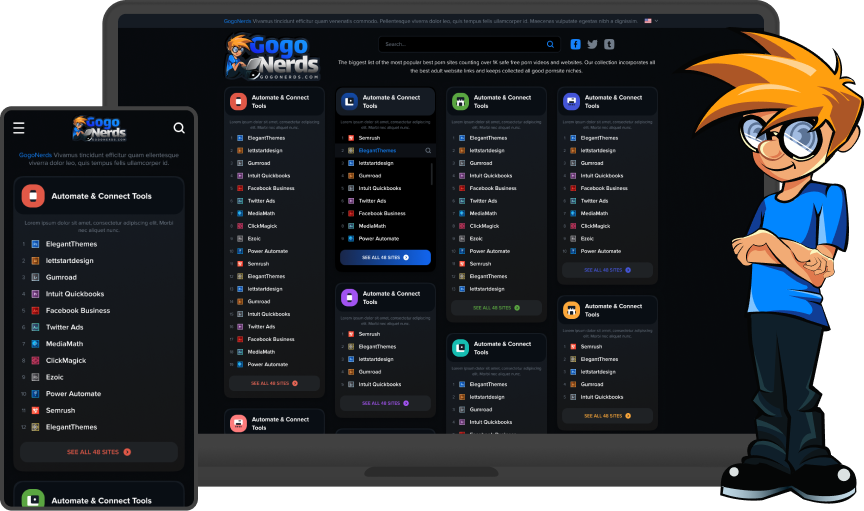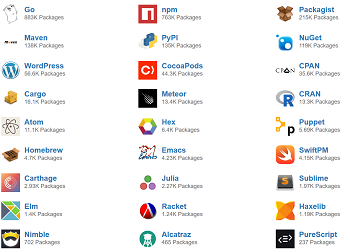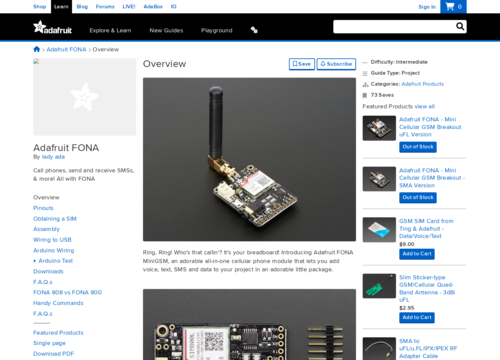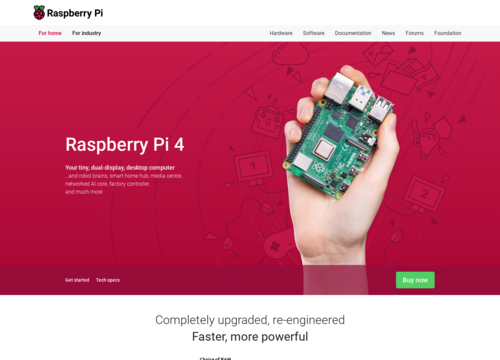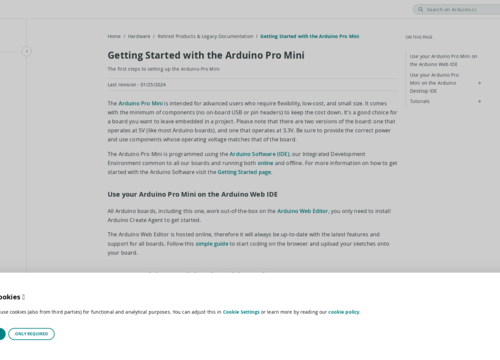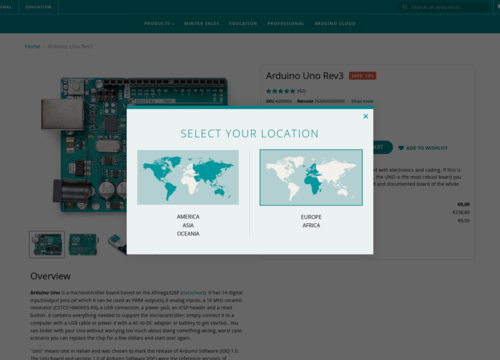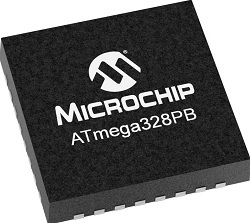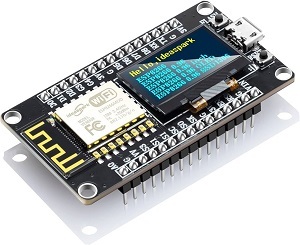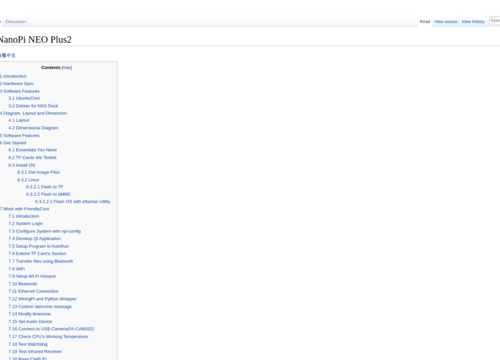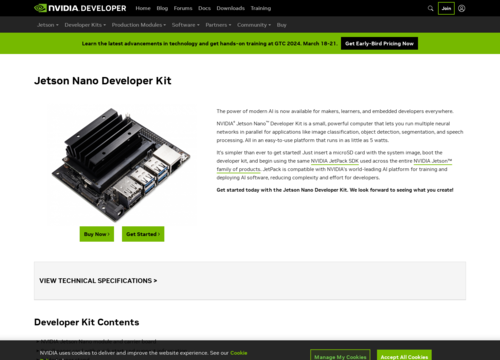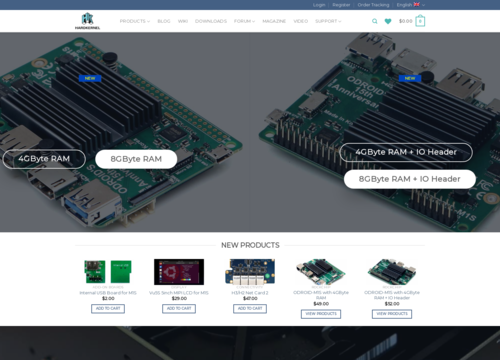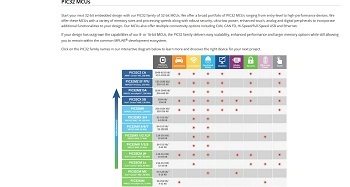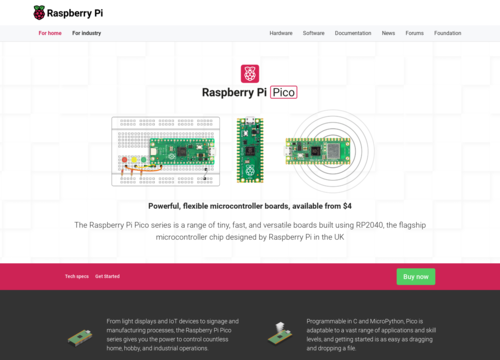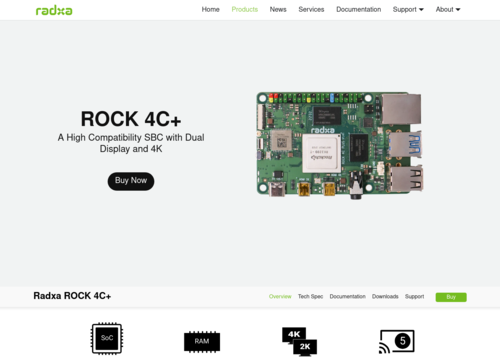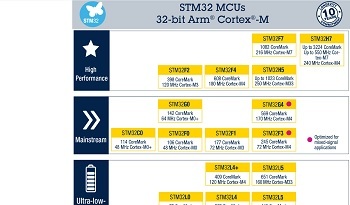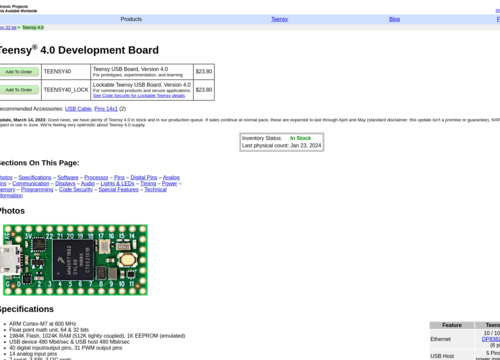Raspberry Pi 3
The Raspberry Pi 3 is a small, affordable, single-board computer developed by the Raspberry Pi Foundation, a UK-based charity. It is part of the Raspberry Pi series, which is primarily used in education, hobbyist projects, and learning programming and computer science principles.
Key Features
Processor
The Raspberry Pi 3 features a 1.2 GHz 64-bit quad-core ARM Cortex-A53 processor. This CPU offers a significant performance boost compared to its predecessors (such as the Raspberry Pi 2).
RAM
1 GB of LPDDR2 RAM. While this might seem modest by modern PC standards, it is sufficient for the educational purposes and light computing tasks for which the Pi is designed.
Connectivity
Wireless
One of the notable upgrades in the Raspberry Pi 3 is the inclusion of built-in Wi-Fi (802.11n Wireless LAN) and Bluetooth (4.1 and Bluetooth Low Energy). This approach significantly improves the capabilities of wireless networking and connectivity with other devices.
Ethernet
This network also includes a 10/100 Ethernet port for wired networking.
USB Ports
There are four USB 2.0 ports, allowing for the connection of multiple peripherals.
GPIO
The general purpose input/output (GPIO) header, which offers 40 pins, remains a key feature. These pins are crucial for the ability of Pi to interface with a wide range of external sensors, devices, and extension boards, making it ideal for hardware hacking and DIY projects.
Storage
A MicroSD card was used for storage on the Raspberry Pi 3. This is not included and must be purchased separately. The microSD card also holds the operating system.
Video and Audio Output
This tool supports full HDMI for video output and has a 3.5 mm audio jack. Additionally, it provides a MIPI Display Serial Interface (DSI) and a MIPI Camera Serial Interface (CSI) for connecting a Raspberry Pi camera and touchscreen display.
Power Supply
The device is powered through a micro USB port, requiring a 5 V/2.5 A power supply.
Operating System
The Raspberry Pi 3 can run various operating systems, with Raspberry Pi OS (formerly Raspbian) being the official operating system. The Debian-based OS was optimized for the Raspberry Pi hardware.
Applications
Education
This tool is widely used in schools for teaching basic computer science and programming.
DIY Projects & Hobbyist
Popular among hobbyists for projects such as home automation, arcade machines, and weather stations.
Media Center
This can be set up as a cost-effective media center using software such as OSMC or Plex.
Basic Computing
Basic computing tasks, web browsing, and office applications can be handled for those needing a low-cost computer.
Limitations
Performance
While powerful for its size and cost, it is not a replacement for a full-fledged desktop or laptop.
Graphics
Onboard graphics are not suited for intensive 3D rendering or modern gaming.
Community and Ecosystem
One of the most significant aspects of the Raspberry Pi 3 is its vibrant community and ecosystem. This community includes enthusiasts, educators, students, and developers. There is a wealth of shared knowledge, tutorials, and projects available online, making it easier for newcomers to start and for experienced users to advance their skills. Community support also contributes to a vast array of software and hardware compatibility, ensuring that the Raspberry Pi 3 can be adapted to an endless number of projects and applications.
Educational Impact
Like its predecessors, the Raspberry Pi 3 has had a substantial impact on education in the fields of computing and science, technology, engineering, and mathematics (STEM). Its affordability and accessibility have made it a popular tool in schools worldwide, enabling students to learn programming languages such as Python and Scratch. The hands-on experience it offers in hardware interfacing and coding is invaluable in fostering skills and interests in technology from a young age.
Development and Coding
The Raspberry Pi 3 is an excellent platform for coding. It supports various programming languages, but Python is particularly well supported, making it an ideal choice for beginners. It is also used for more advanced software development, including Internet of Things (IoT) applications, robotics, and server-side programming.
Hardware Projects and Maker Community
In the maker community, the Raspberry Pi 3 has enabled a wide range of DIY projects. From home automation systems, custom servers, and retro gaming consoles to more complex projects such as robotics and drones, the flexibility of the Raspberry Pi 3 is a key factor in its popularity among hobbyists and makers. Its GPIO pins, in particular, allow for a direct interface with sensors, motors, and other hardware components.
Limitations and Considerations
While the Raspberry Pi 3 is a versatile and powerful tool for education, development, and hobbyist projects, it is important to understand its limitations. It is not designed to replace a desktop for high-performance tasks. Users should have realistic expectations regarding its processing power, especially for tasks involving heavy graphics or data processing.
Future and Upgrades
The Raspberry Pi 3 is part of an ongoing series of Raspberry Pi computers. Each new version typically brings enhancements in processing power, connectivity, and other features. Users of the Raspberry Pi 3 may look forward to upgrading to newer models for more demanding applications or as their skills grow. However, the Raspberry Pi 3 continues to be a relevant and capable device, particularly for educational purposes and projects where its capabilities are well suited to the task at hand.
Summary
the Raspberry Pi 3 is much more than just a computer; it is a gateway to learning, experimentation, and innovation in computing. Its balance of cost, performance, and flexibility makes it an invaluable tool in education and among hobbyists, serving as a platform for learning, creating, and exploring the vast possibilities of technology.

